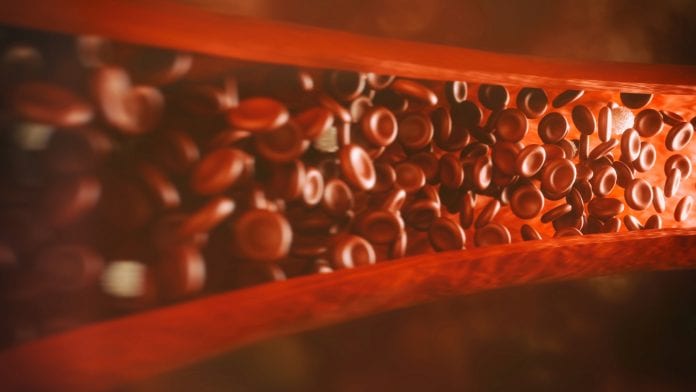
For the first time, researchers have evidence that detecting fibromyalgia can be reliably done so using an experimental blood test – could this pave the way for a simple, fast diagnosis?
In a study that appears in the Journal of Biological Chemistry, researchers from The Ohio State University, USA, reports success in identifying biomarkers of fibromyalgia and differentiating it from a handful of other related diseases. Using an experimental blood test, researchers found that detecting fibromyalgia may be more achievable than initially thought.
Turning point in detecting fibromyalgia
The discovery could be an important turning point in care of patients with a disease that is frequently misdiagnosed or undiagnosed, leaving them without adequate care and advice on managing their chronic pain and fatigue.
When it comes to detecting fibromyalgia, doctors now rely on patient-reported information about a multitude of symptoms and a physical evaluation of a patient’s pain, focusing on specific tender points. But there is no blood test – no clear-cut, easy-to-use tool to provide a quick answer.
Lead researcher Kevin Hackshaw, a professor in Ohio State’s College of Medicine and a rheumatologist at the university’s Wexner Medical Center, USA, explains: “We found clear, reproducible metabolic patterns in the blood of dozens of patients with fibromyalgia. This brings us much closer to a blood test than we have ever been.”
Though fibromyalgia is currently incurable, and treatment is limited to exercise, education and antidepressants, an accurate diagnosis has many benefits, according to Hackshaw.
Experimental blood test
The current study included 50 people with a fibromyalgia diagnosis, 29 with rheumatoid arthritis, 19 who have osteoarthritis and 23 with lupus.
Using a technique called vibrational spectroscopy, the researchers examined blood samples from each participant. The spectroscopy measures the energy level of molecules within the sample.
First, the researchers analysed blood samples from participants whose disease status they knew, so they could develop a baseline pattern for each diagnosis. Then, using two types of spectroscopy, they evaluated the rest of the samples blindly, without knowing the participants’ diagnoses, and accurately clustered every study participant into the appropriate disease category based on a molecular signature.
“These initial results are remarkable. If we can help speed diagnosis for these patients, their treatment will be better, and they’ll likely have better outlooks. There’s nothing worse than being in a grey area where you don’t know what disease you have,” co-author Luis Rodriguez-Saona said.
Could the experimental blood test lead to an easier way of detecting fibromyalgia?
According to Rodriguez-Saona, eventually, this work could lead to identification of a protein or acid – or combination of molecules – that is linked to fibromyalgia.
“We can look back into some of these fingerprints and potentially identify some of the chemicals associated with the differences we are seeing,” he said.
“This could lead to better, more directed treatment for patients,” Hackshaw concludes.






















